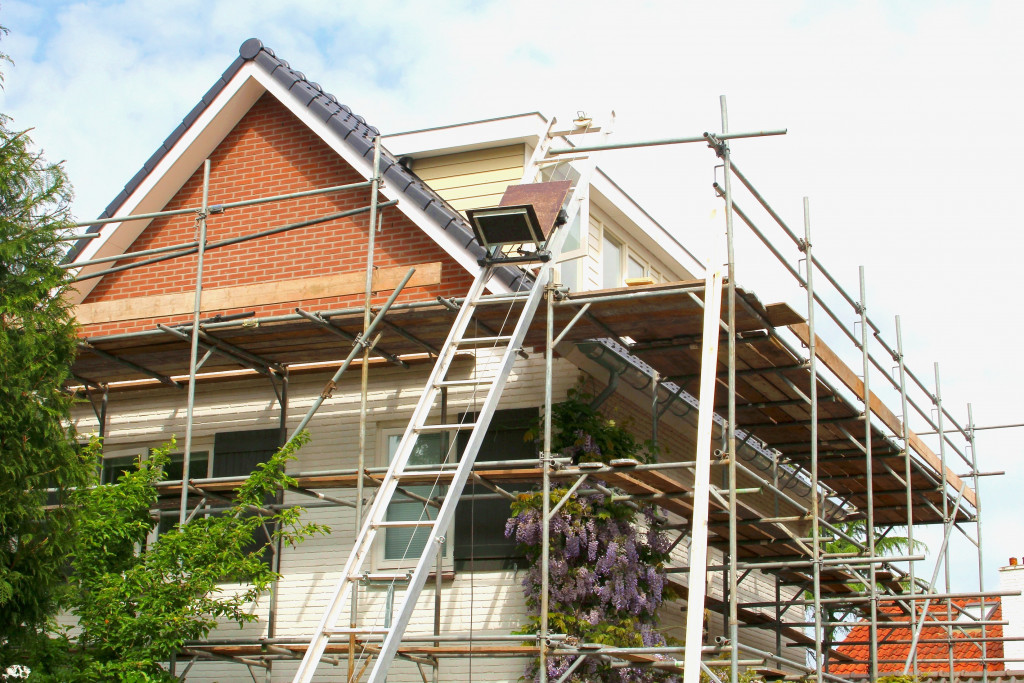Have you ever dreamed of flipping houses? It’s a great way to make money, but it’s also an incredibly complex process. To successfully flip a home, you need to understand the critical development steps. From selecting the right property and getting permits to finding contractors and ensuring quality control, these steps are essential for any successful flip:
Step 1: Choose your property wisely
The first step in flipping houses is selecting the right property. You’ll need to look at the location, home condition, zoning restrictions, and more. You should also consider how much time and money you’re willing to invest in the project. If you don’t have enough time or resources for a large-scale project, then it’s best to select a smaller property that won’t require as much work.
Additionally, you should partner with professionals to go through this process. Partnering with a reliable mortgage company will make it easier to secure your project financing. They can also offer valuable insight into the flipping market in your area. Additionally, working with a real estate agent will help you find a property that fits within your budget and timeframe.
Step 2: Get permits
Once you’ve selected your property, the next step is obtaining all necessary permits from your local city or county government for construction or renovation work that will be done on your property. This includes permits for electrical work, plumbing work, demolition of existing structures, and anything related to your project. Ensure all permits are obtained before starting any construction or renovation work on your property so there are no surprises down the line.
You should also have an experienced lawyer review your permits to ensure that you follow all local construction codes and regulations. Not doing so can lead to fines and even legal action against you.
Step 3: Find contractors
When it comes time to start working on your flip project, it’s important to find contractors who are experienced with this type of work and who can help you get everything completed within budget and on schedule. Do research into several different contractors before making your decision so that you can find one who meets all of your requirements—both in terms of experience and cost—for the job at hand.
Additionally, discuss your expectations for the project and how it should be completed. Work with your contractors to establish a work plan that gives everyone an understanding of what needs to happen, when it needs to happen, and how much the work will cost. This can help ease tensions between you and your contractors and ensure that everything runs smoothly from beginning to end.
Step 4: Quality control

Once construction has begun on your flip project, quality control becomes essential for ensuring everything is done correctly and meets safety standards set by local governing bodies. It’s important to inspect every aspect of the construction project regularly throughout its duration so any problems can be identified and fixed quickly without causing delays or additional costs down the line.
And once construction is complete, consider employing the help of a professional home inspector to give you a second opinion on the overall quality of your completed flip project. This can help you identify any potential problems before putting the house up for sale so that you can take care of them and maximize your profits.
Step 5: Finish strong
The last step in flipping houses is ensuring everything is completed on time and within budget while meeting high-quality standards set by yourself (or other governing bodies). At this stage, it’s important not only to finish strong but also to ensure that all safety protocols are being followed correctly so that when potential buyers walk through, they feel safe in their new home.
To ensure a smooth, successful flip project from start to finish, it’s essential to work closely with your contractors, inspectors, and other key people involved. By staying organized, setting clear expectations for everyone involved, and keeping a close eye on all aspects of the project, you can avoid problems and succeed in flipping houses for a profit.
Flipping houses can be a great way to make money if done correctly. However, it’s not an easy task! It requires careful planning and attention to detail throughout each step of development – from picking out the right property through passing quality-control tests and finding capable contractors who will help bring this vision into reality within budget and timeline constraints. By following these steps outlined above – choosing wisely, obtaining proper permissions, finding reliable contractors, performing necessary quality control tests, and finishing strong – anyone with an entrepreneurial spirit can successfully develop their own house flips.

